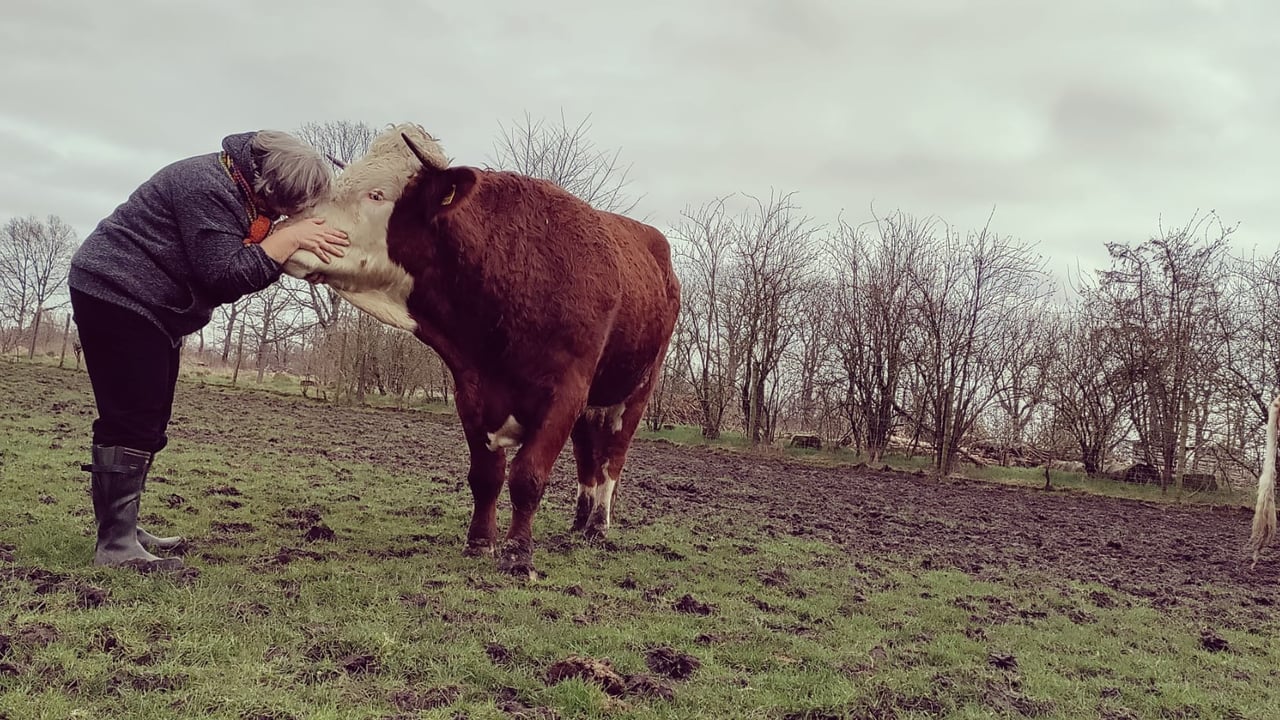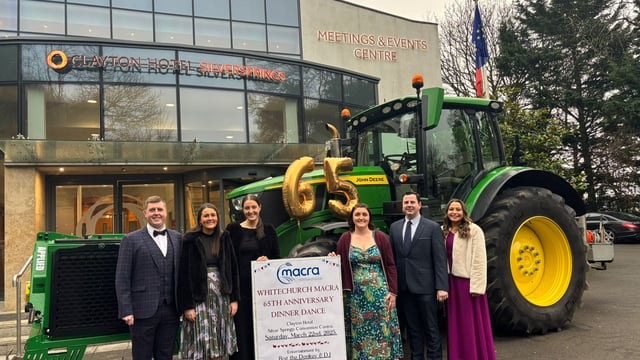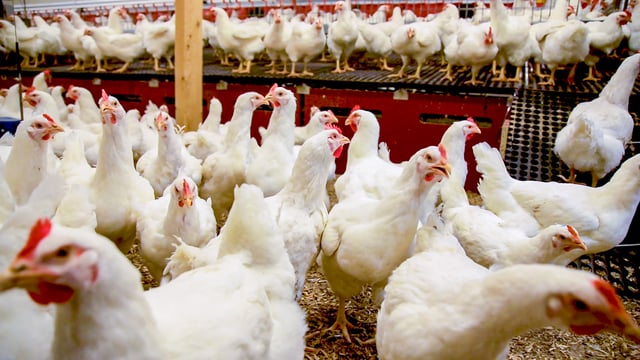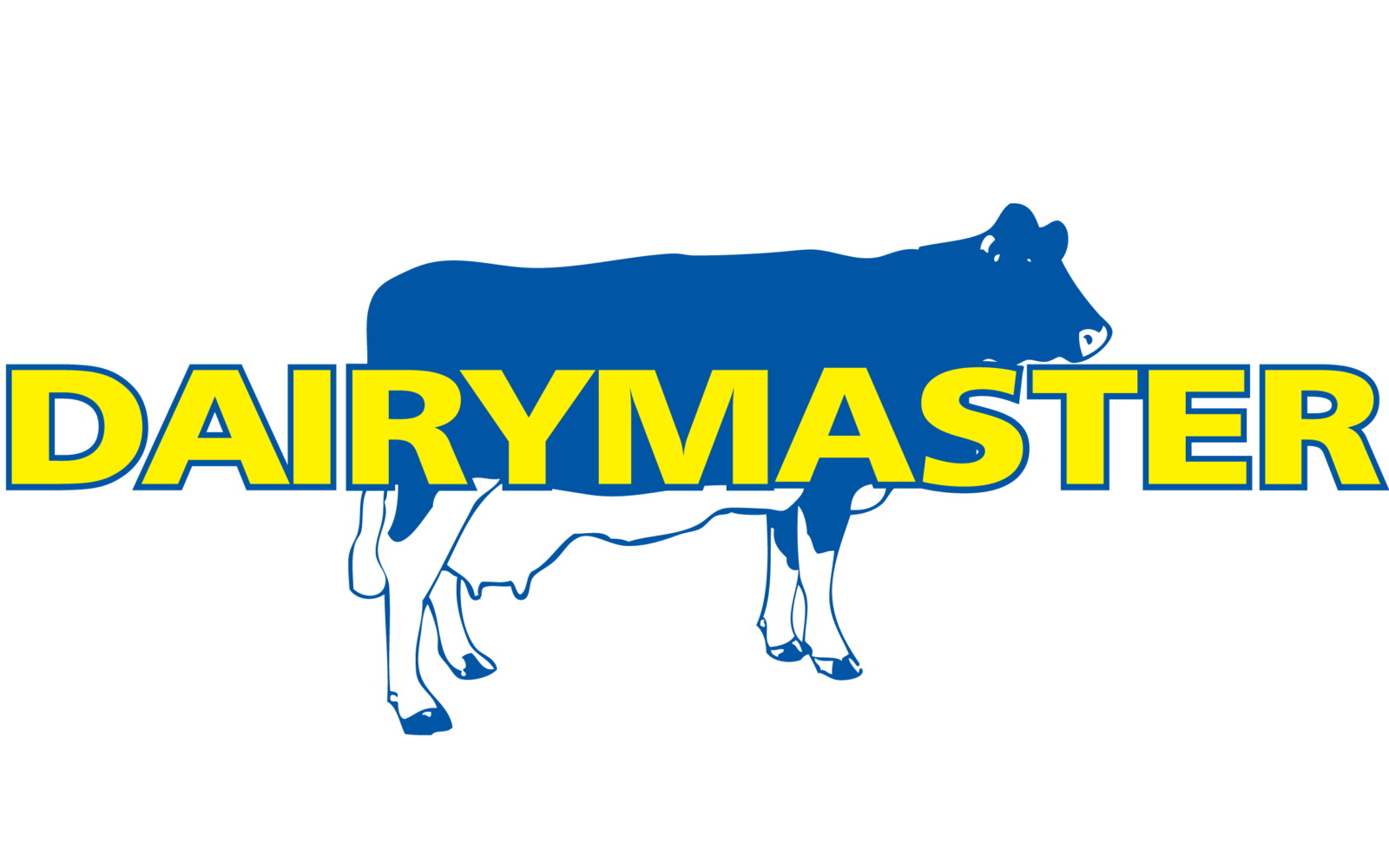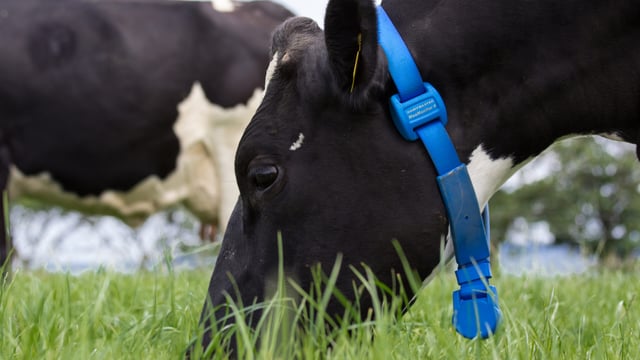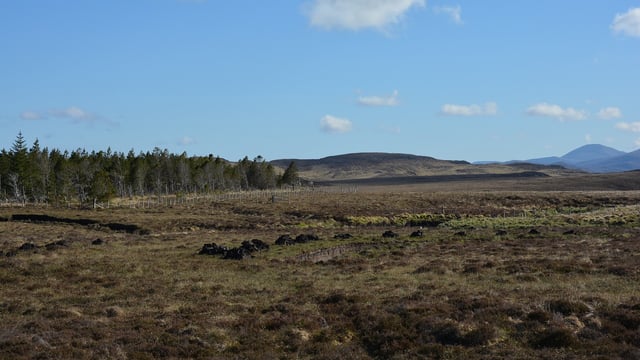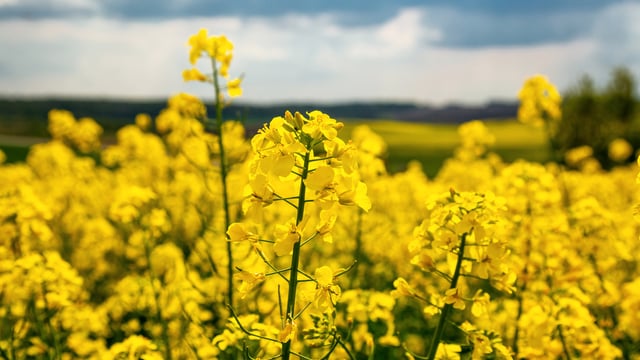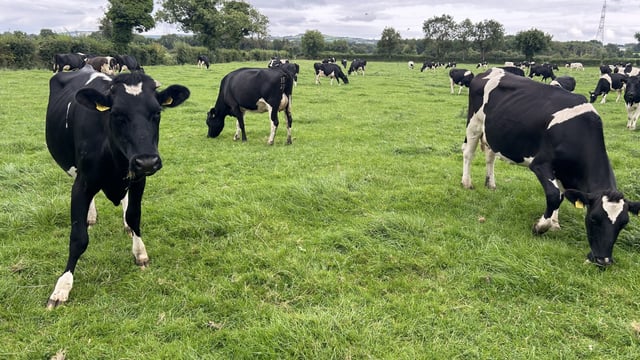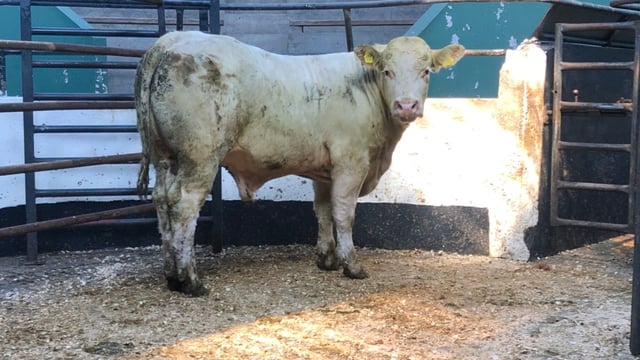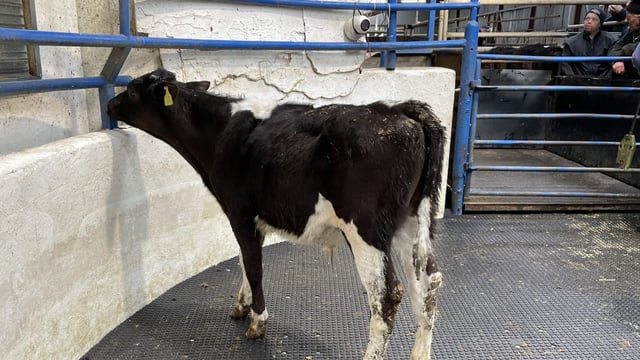Communicating with your herd using cow linguistics
As many farmers already know, cows are expressive creatures, so it may not come as a surprise to learn of the growing discipline of linguistics dedicated to deciphering between the subtle nuances of 'moo'.
Through her extensive research on cows and the way they communicate, Dutch linguistics professor, Leonie Cornips, has challenged the principles of her discipline, which assumes language is exclusive to humans.
Her research has found that cows can communicate both with each other and with people, should they be receptive to it.
Farm
Cornips' fascination with cows began in 2018 after she read a short essay on animal ethics by philosopher, Eva Meyer.
This reshaped the academic's frame of mind when it came to animal consciousness.
Having grown up in a coal mining region of the Netherlands, Cornips had little to no previous exposure to cows.
Despite this, she chose cows as her subject matter due to their abundance in the Limburg region where she was then lecturing.
During her early days of field research, Cornips parked a caravan at a farm yard where she spent hours each day observing the dairy herd on site.
"I can remember the first time I went into the barn and I noticed that all the cows reacted differently, and I thought, 'oh, they all have an individual personality!'
"Some were shy, some wanted to engage, while others didn't care. And it struck me that after all this time, we talk about cattle as if they are a collective, we refer to them with mass nouns, but in fact, they are actually all individuals," she said.
Cow linguistics
Cornips said her research aims to identify the extent of cow's language capabilities, how they interact with their keepers and the means in which they engage with each other.
She applies linguistic tools to study cow's vocalisations, facial expressions, and body language.
The academic has compiled extensive data from a number herds in the Netherlands to cross-reference her research.
In doing so, Cornips discovered that cows make different noises, or moos, depending on the context.
"There is a different moo for I'm hungry, I have to be milked, I'm calling for my calf and there is a different moo again for when they are sexually aroused," she said, demonstrating the variances.
Cornips found that cow-to-cow communication predominantly consisted of lower frequency moos, while vocalisations directed at humans, tended to be of a higher pitched nature.
The breadth of cow vocabulary was also found to vary, depending on how well the animal is socialised, its habitat, how it is housed, and the kind of circumstances it is subjected to.
Even different breeds have been shown to exhibit slight deviations in the range of language expressed.
"In the Netherlands, most cows are Holstein Friesian. They are bred in such a way that they have to eat all the time, in order to produce large quantiles of milk, so they converse a lot about being hungry.
"Then take the Lakenvelder, or similar beef cross breed types, they are not as hungry because they have different breeding and as such, they have different expressions. They have more leisure time, so you can see that they spend more time grooming each other," Cornips added.
Body language
In addition to vocalisations, Cornips found evidence in cows' body language to indicate that the animal understands the concept of 'here' and 'there'.
She also observed common facial gesticulations adopted by cows when starting a conversation, including a specific way of moving their ears, as if tuning in to the conversation about to be had, as well as the establishment of eye contact.
When asked about the possible wider ramifications of her research on the dairy industry, Cornips was quick to emphasise that the sole target of her research was to simply "understand cows better".
However, she expressed hope that her research may help interested farmers foster better relationships with their cows.
"One farmer I'm doing field work with, he now recognises the greeting of his cows, and greets them back in turn. That's already a small improvement for me," she said.

